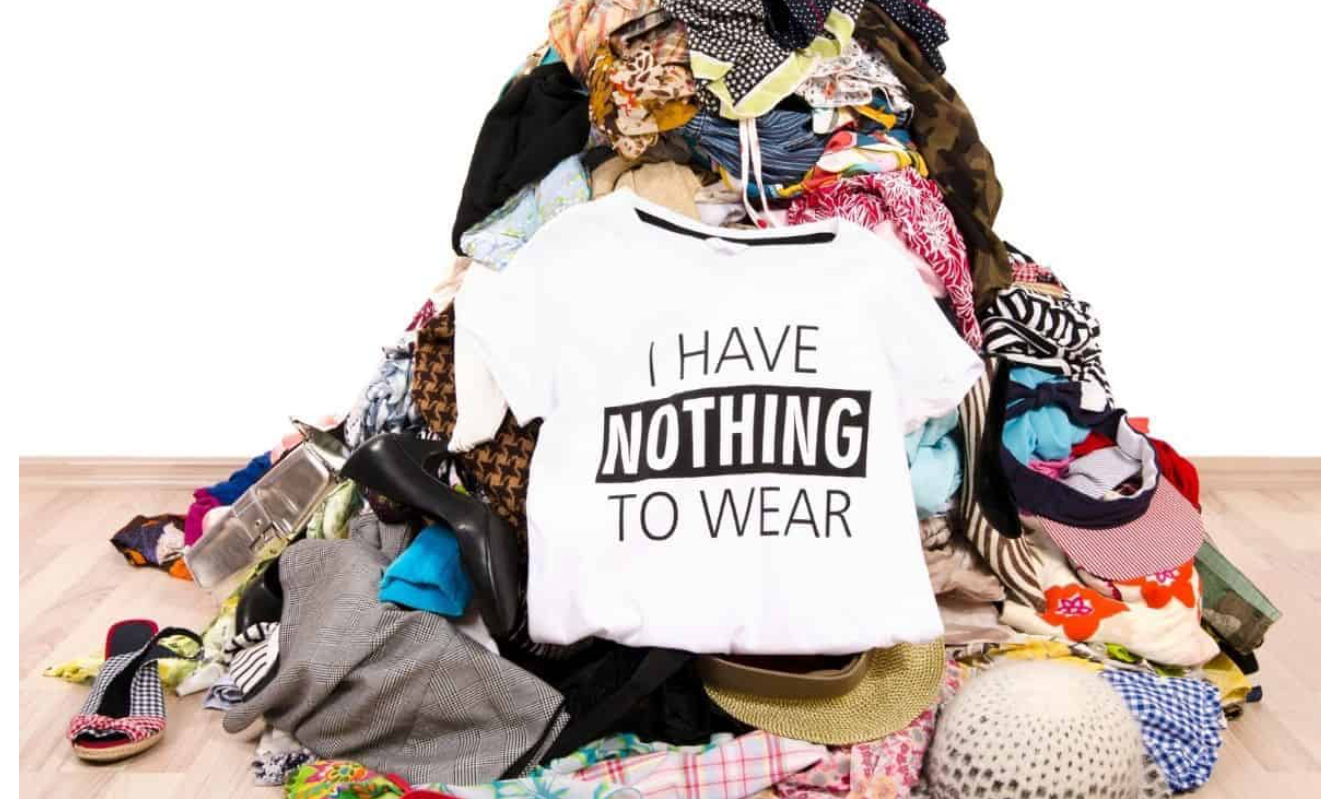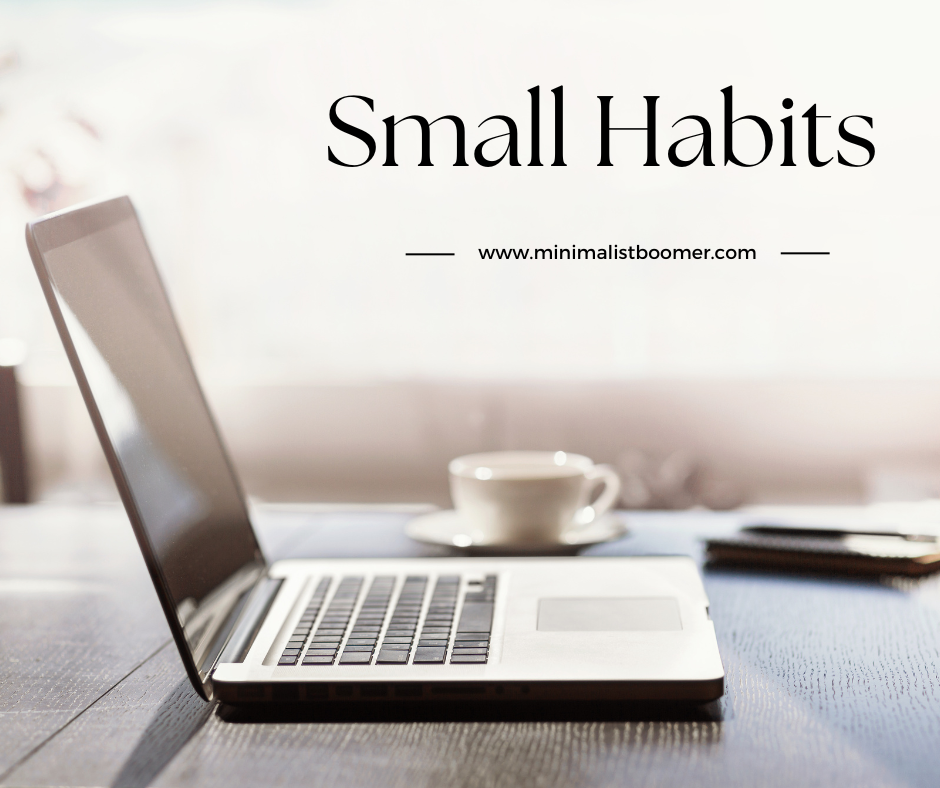“One-quarter of Americans admit to having a problem with clutter.” – NBC News
Clutter is a huge problem for a lot of people and comes at a pretty high cost in many ways. Think about it. In January 2023, the U.S. population was over 334 million. One in four Americans equates to 83.6 million people in the U.S. who have a clutter problem.
You don’t have to look very hard to figure out why. With the ease of online shopping and the median American home size of 2,400 square feet, you have your answer. We have more space for stuff which can be delivered to our doorsteps with a simple click of a button.
Hold on though, not only do we have more space, but about 10% of Americans also rent a storage unit for the items they can no longer store at home. Costs for self-storage varies of course, but an average cost is $180/month. That’s quite a chunk of change to store items you rarely use.
These are just a few of the alarming statistics about clutter. Are they enough to get your attention and make you ask yourself if you need to start decluttering?
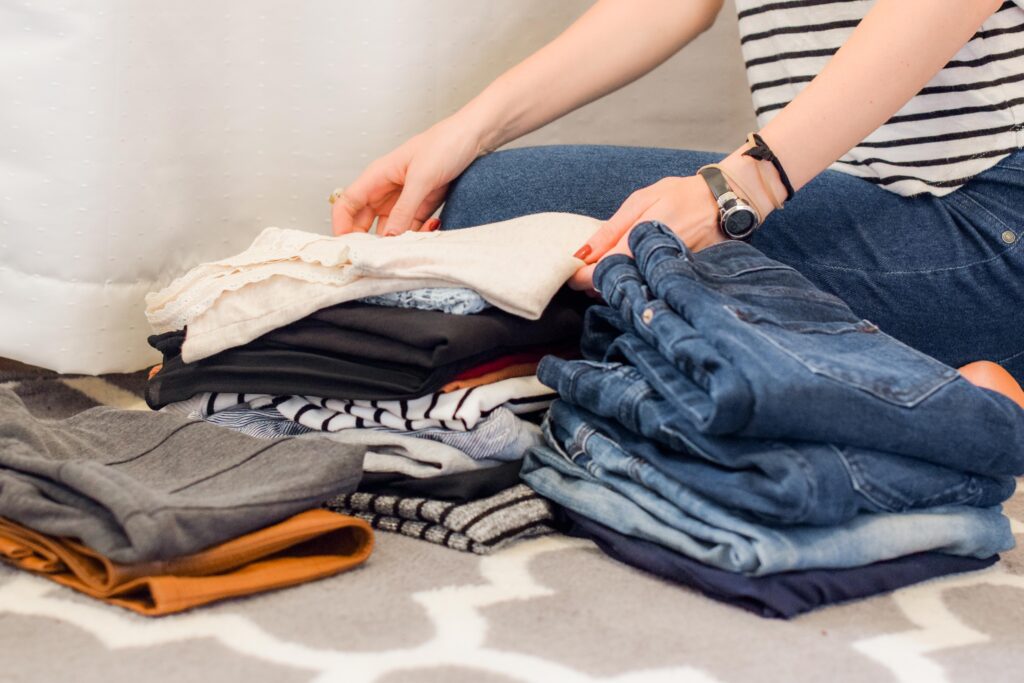
What is Decluttering?
Decluttering is the intentional act of identifying and removing items that are no longer useful or necessary.
It is much more involved than just straightening up and putting things away. It’s about letting go and getting rid of the things that don’t serve you in a positive way. It involves permanently removing those items from your home so they aren’t likely to resurface again.
Where Do I Start Decluttering?
There are a lot of obstacles which can keep you from decluttering, but one of the most paralyzing is simply knowing where to begin.
The fact is that you can begin anywhere you like. The ‘where’ really isn’t important as long as you actually start. Without taking that first step, you’ll never make any progress.
If you really can’t select an area or room, begin right where you are. Whatever room you’re currently standing in is your starting place.
How Do I Declutter My House?
Now that you know where to start, you need to know how to declutter your home. I find that a room-by-room approach, focusing on one room at a time, works well. Here are some basic suggestions to help you get started.
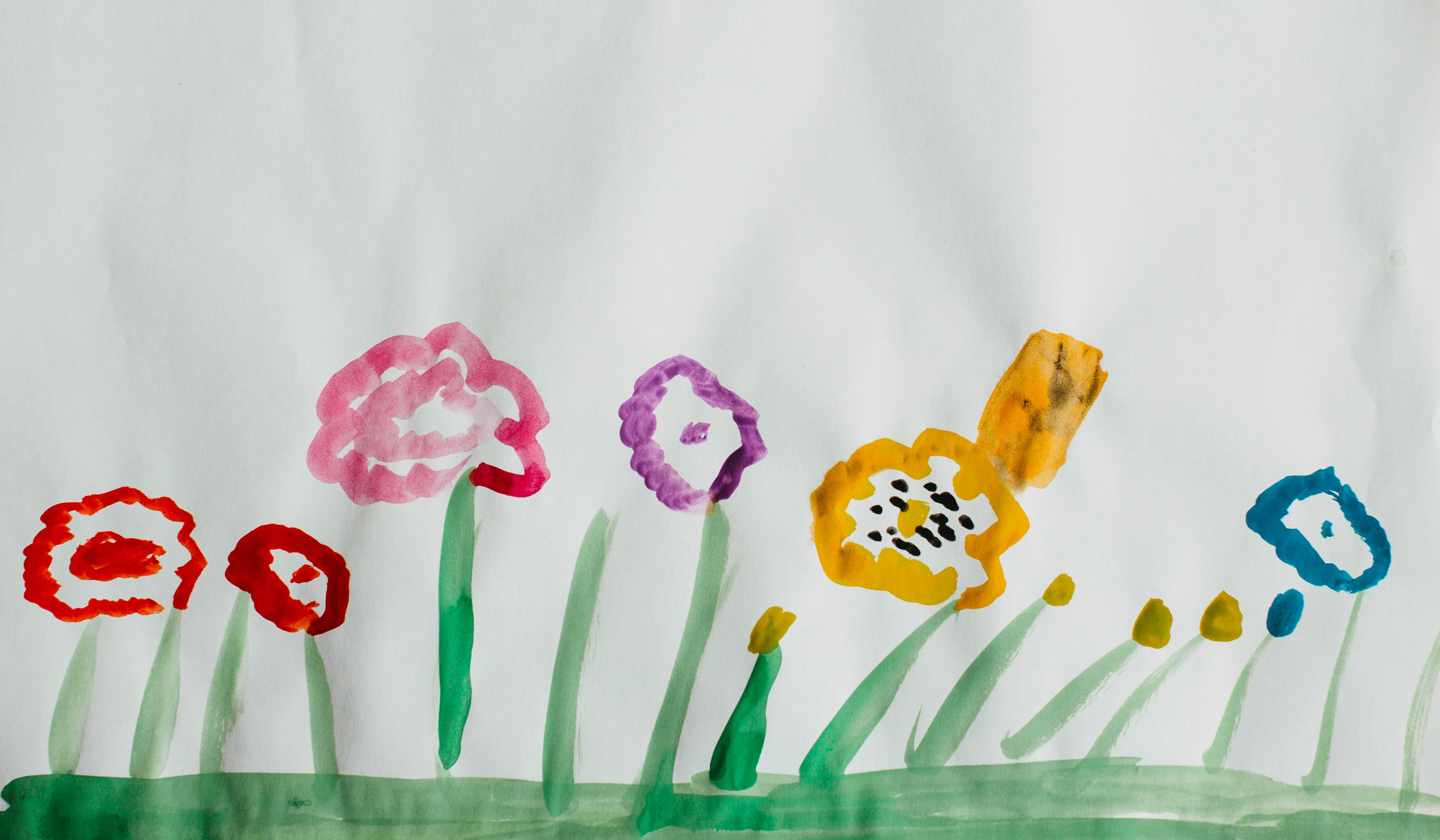
1. Determine WHY you want to declutter
Why do you want to declutter your home? Think about how you accumulated all of this stuff, then think about how your life will be different when you have less clutter. Knowing your WHY makes it easier to make those “toss or keep” decisions. It can also help you work through any emotional attachment you have to sentimental items.
If your Why is that you’re tired of seeing piles of stuff and having no space in your home, you might just need a more efficient system of organization to keep put away.
On the other hand, if your Why is that you’re downsizing to a much smaller home, you really need to think about getting rid of unnecessary duplicate items and only keeping what is absolutely necessary.
Knowing your Why will make a huge difference in your decluttering progress.
2. Change your Mindset
Every challenge in life is a matter of mindset and perspective. Decluttering is no different. Changing your mindset is just looking at decluttering from a different perspective.
Instead of thinking about what you’re losing or letting go of, start thinking about what you’re gaining by those things being gone. Stop thinking about how much you paid for something and start thinking about the precious time you’ve wasted organizing, moving, and storing something you never use. Remember, the unwanted items you donate to a charitable organization, may be a blessing to others. Find joy in that.
Don’t feel guilty because you don’t want something you received as a gift. Appreciate the gesture and let go of the actual item. One thing I had trouble getting rid of was my son’s artwork. I had a whole box full of it. What purpose did it serve sitting in a box? None. It did not enrich my life stored away in that box. He certainly didn’t want it, so, I took pictures of the pieces that I loved, then let it go.
3. Start with the Easy Stuff
The best way to tackle any project is to start with the easy part and let the successes help you build momentum and keep you motivated to want to continue. Some of the decluttering dilemmas you encounter will be challenging, but the momentum from the small successes will help you in your decision-making process.
Start with the obvious items which are damaged or not functioning properly, then move on to the tougher decisions. Save the really hard to part with items for last so they don’t stop your progress. Don’t get hung-up on an item. If you really can’t make a decision about it, set it aside and move on.
4. Dump the Duplicates
Duplicates are the enemy of a clutter-free home. Yes, it’s nice to have a “spare” if something breaks or is dirty, but if you never use it, it’s taking up valuable space. One of the best ways to combat clutter is to stop bringing it into your home.
For example, when was the last time you checked your linen closet? I realized that I had a real issue with bedding! I had quite the collection. Most of it was rarely used, but I thought I needed spare sets of bedding, just in case. How many sets of sheets do you have for your bed? If you have more than two, it’s time to declutter.

5. Don’t touch that
One of the most important decluttering rules for success is to only declutter your own stuff. The quickest way to an argument is to start getting rid of somebody else’s stuff before they’re ready to let it go.
Think about how you’d react if your spouse started decluttering your closet, or worse yet, your kitchen! If your spouse has a lot of clutter, offer to help, but don’t just start decluttering for them.
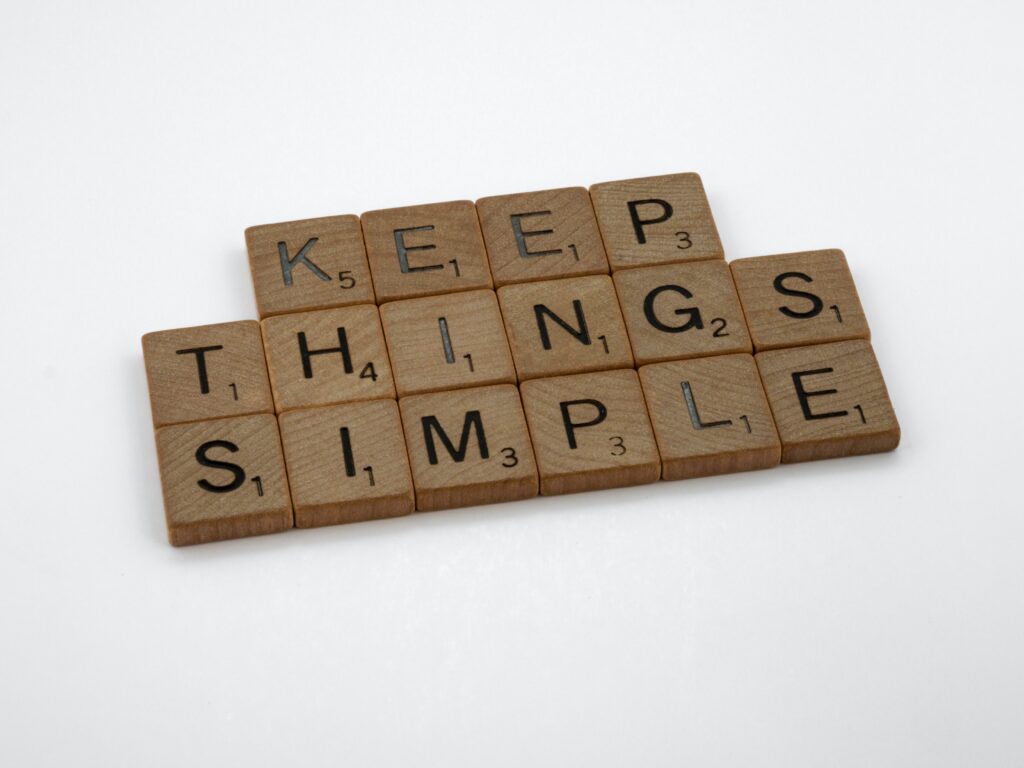
At the end of the day, remember, it’s all just stuff. In order to break the cycle and live simply, you need to stop accumulating random things. Never acquire an object you don’t really love or have a specific need for.
One of the best ways to combat clutter is to stop bringing it into your home. Be intentional about your purchases. Otherwise, you’re just accumulating clutter.
Please feel free to join in on the conversation. I look forward to hearing about your journey.

